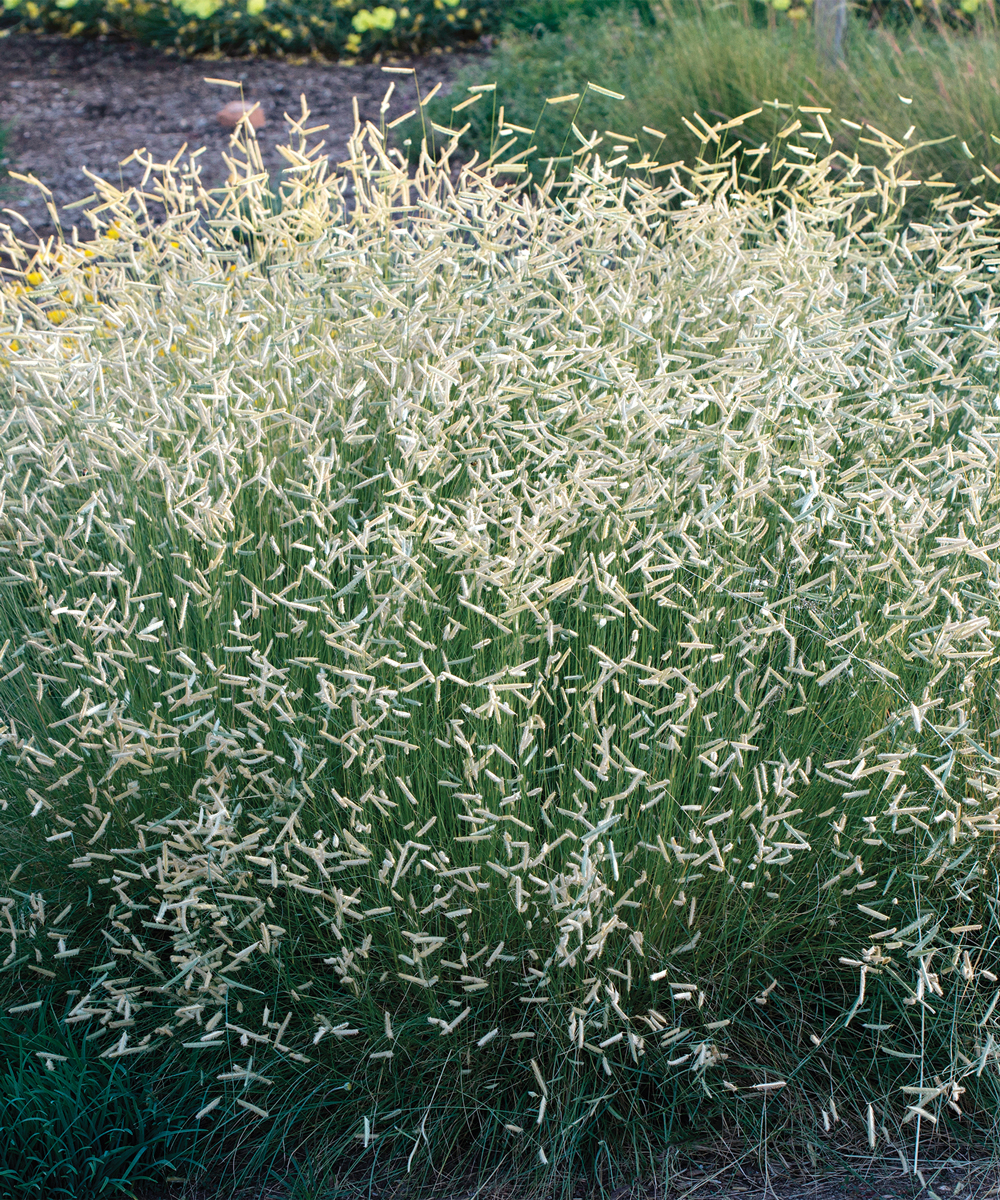Peak-Season Perennials for the Northern Plains
Whereas we might all ideally have gardens that take a look at their peak in each season, the fact is commonly removed from that very best. Only a few of us have on a regular basis on the earth to dedicate to our gardens, and the arduous fact is the planning and work that goes into gardening means we frequently solely get one season the place we will sit again and benefit from the fruits of our labor.
As Government Editor Danielle Sherry explains, “Winter is for planning. It’s while you actually don’t need to be outdoors and when your time is healthier spent formulating the plan of assault to make your backyard one of the best it may be. Spring is the working time interval, when the majority of your cleanup, planting, and tasks get carried out. Fall can be a working interval and is usually when you possibly can revisit the stuff you didn’t get carried out in spring.”
In spite of everything of that prep and planning, you need to guarantee your summer time backyard is at its prime when it’s lastly too sizzling to toil. To assist guarantee your summer time backyard actually shines, regional consultants shared their favourite perennials for this peak season. Discover picks for the Northern Plains beneath, and make sure you take a look at extra fabulous summer time choices in Peak-Season Combos.
1. ‘Salsa’ Sneezeweed

Title: Helenium ‘Salsa’
Zones: 3–9
Measurement: 1½ to 2 toes tall and vast
Situations: Full solar; well-drained soil
Native vary: Hybrid
Sneezeweed is an underutilized perennial that ‘Salsa’ goals to treatment. It’s occasion time within the backyard when this plant bursts into bloom. The flat, disk-like, shiny pink flowers have unusually distinguished raised facilities. Because the blooms age, particular person flowers tackle varied hues of orange and yellow, making a multicolored impact that shouts for consideration. At this plant’s peak, plentiful blooms fully cowl the foliage. ‘Salsa’ is midsize in stature, so it’s equally snug on the entrance or the again of the border. Bees, butterflies, and hummingbirds will likely be keen occasion attendees, whereas deer and bunnies will likely be noticeably absent. This sneezeweed is drought resistant and tolerant of moist or dry soil so long as it drains effectively.
2. ‘Gilded Lace’ Coreopsis

Title: Coreopsis ‘Gilded Lace’
Zones: 3–8
Measurement: 3 to 4 toes tall and a couple of to three toes vast
Situations: Full solar; well-drained soil
Native vary: Hybrid of jap North American
species
Coreopsis are basic summer time stalwarts, with ‘Gilded Lace’ being one of the swish and enticing varieties. A naturally occurring hybrid, ‘Gilded Lace’ sports activities distinctive and really enticing foliage. Lengthy, skinny leaves create an ethereal or, because the title suggests, lacy impact that’s uncommon in tall perennials. Quite a few shiny yellow flowers, accented by brown facilities, are a favourite of bees and butterflies, making this coreopsis the proper addition to pollinator gardens. For an attention grabbing combo of texture and coloration, strive pairing ‘Gilded Lace’ with the coarse foliage of globe thistle (Echinops spp. and cvs., Zones 3–9) or with the gorgeous darkish leaves of ‘Darkish Towers’ penstemon (Penstemon ‘Darkish Towers’, Zones 3–8).
3. Blue Grama Grass

Title: Bouteloua Gracilis
Zones: 3–10
Measurement: 1 to 2 toes tall and 1½ to 2 toes vast
Situations: Full solar; dry to medium, well-drained soil
Native vary: Southern and western North America
Blue grama grass is a cute, clump-forming, warm-season prairie native. Its lengthy, skinny foliage is bluish grey and creates a mushy see-through impact in dense plantings. Arching stems seem in midsummer and are topped with uncommon one-sided darkish flowers, incomes it the moniker of “eyelash grass.” These inflorescences dance about within the wind, including a whimsical notice to any planting. Whether or not planted in small or giant teams, blue grama grass is equally at house in meadows, xeriscape gardens, and naturalistic plantings, in addition to the entrance of the border. It attracts small butterflies and is the larval host for a lot of species of skipper butterflies. It’s additionally tolerant of a variety of soil sorts.
4. ‘Pomegranate’ Yarrow

Title: Achillea Millefolium ‘Pomegranate’
Zones: 3–9
Measurement: 1½ to 2 toes tall and vast
Situations: Full solar; dry to medium, well-drained soil
Native vary: North America, Europe, Asia
The widespread native white yarrow (A. millefolium) is ubiquitous in prairie grasslands, nevertheless it’s not the flashiest of perennials. Enter the cultivar ‘Pomegranate’. This plant is not any shrinking violet. The dense, flattened clusters of shiny magenta flowers appear to shout, “Have a look at me!” Under, ferny foliage is a mushy gray-green and emits a spicy perfume when brushed. ‘Pomegranate’ is a blooming powerhouse when planted in lean soil and, if deadheaded, will flower from late June to frost. Mix it with tall perennials similar to salvias (Salvia spp. and cvs., Zones 5–11), burnet (Sanguisorba spp. and cvs., Zones 4–8), and coneflowers (Echinacea spp. and cvs., Zones 3–9) for a beautiful summer time show. rocky soil so long as there’s good drainage. Water it often throughout extended dry climate for finest flowering.
Elaine Impolite is the proprietor of Paintbrush Backyard Design in Calgary, Alberta.


